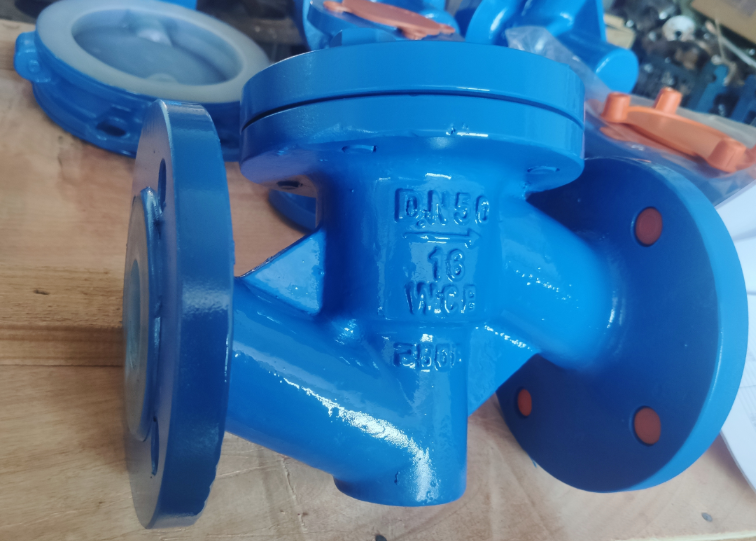Cost Overview of Electric Actuated Butterfly Valves for Various Applications
Understanding the Pricing of Electric Actuated Butterfly Valves
In the realm of industrial automation and fluid control systems, electric actuated butterfly valves have emerged as a vital component. These valves, known for their efficiency and versatility, are widely utilized in various applications, including water treatment, chemical processing, and HVAC systems. As industries increasingly seek to optimize their operations, understanding the factors that influence the pricing of electric actuated butterfly valves becomes essential.
What Are Electric Actuated Butterfly Valves?
Electric actuated butterfly valves combine a butterfly valve with an electric actuator. The butterfly valve itself consists of a circular disc that rotates within the pipe to regulate flow. When equipped with an electric actuator, the valve can be remotely operated, allowing for precise control over fluid movement. This feature enhances the efficiency and automation of processes, which is invaluable in modern industrial settings.
Factors Influencing Price
Several factors contribute to the pricing of electric actuated butterfly valves, making it crucial for buyers to understand them when making purchasing decisions
.1. Material Composition The materials used in the construction of the valve can significantly impact the price. Common materials include stainless steel, carbon steel, and PVC, each with varying costs and applications. Stainless steel, for instance, is more expensive due to its corrosion resistance and durability, making it suitable for harsh environments.
2. Size and Specifications The dimensions of the butterfly valve play a crucial role in its cost. Larger valves typically require more material and engineering, leading to higher prices. Additionally, specific pressure and temperature ratings required for certain applications can affect the design complexity and, consequently, the price.
electric actuated butterfly valve price

3. Actuator Type The type of electric actuator selected also influences the overall price. There are various actuator designs, including on/off actuators and modulating actuators, each with different levels of complexity and functionality. Modulating actuators, which provide variable control over flow rates, tend to be more expensive due to their advanced features.
4. Automation Features Some electric actuated butterfly valves come with advanced automation capabilities, including feedback systems, position indicators, and communication protocols (such as Modbus or Profibus). These features enhance the valve's integration into automated systems, but they also add to the cost.
5. Brand and Supplier The manufacturer of the valve can make a significant difference in pricing. Established brands with a reputation for quality and reliability may charge a premium compared to lesser-known suppliers. It's essential for buyers to assess the value of brands based on their history, customer support, and warranty policies.
6. Market Demand and Economic Conditions Market trends and economic factors can also affect pricing. High demand for electric actuated butterfly valves in specific industries may lead to increased prices. Additionally, fluctuations in raw material costs or supply chain disruptions can result in price changes.
Pricing Range
Depending on the aforementioned factors, the price of electric actuated butterfly valves can vary widely. On average, the cost can range from a few hundred to several thousand dollars. Simple models made of PVC may start at around $100, while larger stainless steel variants with advanced actuators can exceed $5,000.
Conclusion
In summary, the price of electric actuated butterfly valves is influenced by a multitude of factors, including material, size, actuator type, automation features, and brand reputation. Understanding these variables is crucial for businesses seeking to make informed purchasing decisions. As industries continue to evolve, investing in high-quality electric actuated butterfly valves will not only enhance operational efficiency but also ensure long-term savings and reliability in fluid control applications.
-
The Key to Fluid Control: Exploring the Advantages of Ball Valves in Industrial SystemsNewsJul.09,2025
-
The Versatile World of 1, 2, and 3 Piece Ball ValvesNewsJul.09,2025
-
Stainless Steel Ball Valves: The Ideal Choice for Efficient Flow ControlNewsJul.09,2025
-
Optimizing Fluid Control with Ball Float ValvesNewsJul.09,2025
-
Manual Gate Valves: Essential for Control and EfficiencyNewsJul.09,2025
-
Everything You Need to Know About Butterfly ValvesNewsJul.09,2025
-
The Versatility of Wafer Type Butterfly ValvesNewsJul.08,2025




